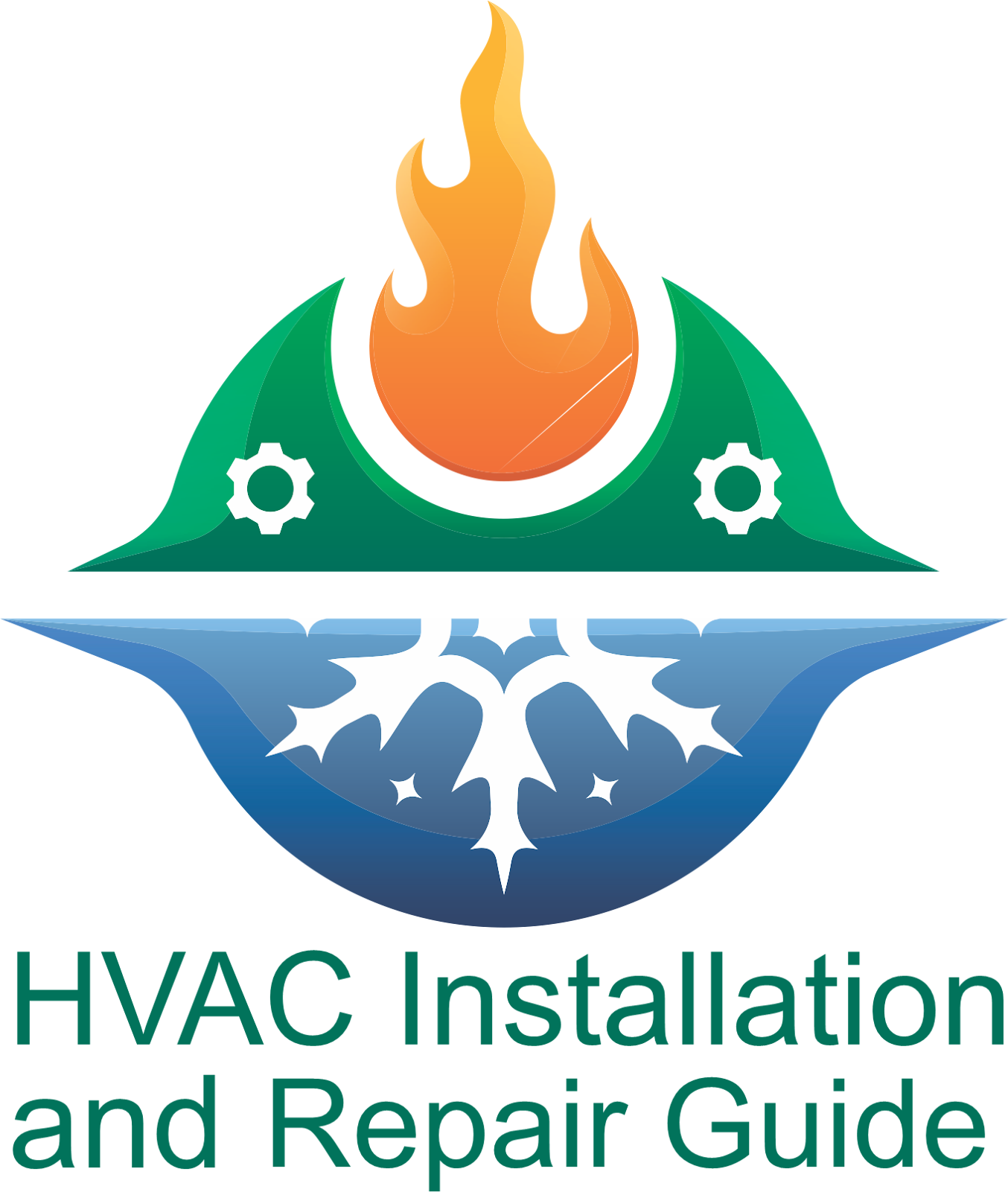The Best Times Of Year To Utilize Different Types Of Air Purifiers
Modern dwellings' improved airtightness and insulation negatively impact indoor air quality. According to the HEPA, indoor air may be two to five times dirtier than outdoor air.
Installing an air purifier can significantly improve the air quality in your house, regardless of whether you have asthma, seasonal allergies, or you're just worried about what your family is breathing.
In this article, we'll examine three popular types of air purifiers to further your understanding of how they operate and how to get the most out of them. These include:
- UV lights
- Air Filtering systems with HEPA
- Filters with polarization
We'll also go through when to use them. Your family can select the ideal air purifying system for your particular needs.
UV lights
UV (ultraviolet) light kills viruses, bacteria, chemicals used to clean homes, secondhand smoke, and other dangerous illnesses that spread through the air.
It is an air purifier, much like a light in your central air conditioning system. UV radiation destroys 99% of all potential airborne pathogens once it has passed through.
UV lights are frequently referred to as "UV lamps" and "UV-C lights" (the "C" stands for shortwave ultraviolet light, which is the precise word). They also come in various sizes that must be modified to meet your HVAC system. Although buying a UV light online is straightforward, hiring a qualified expert who understands where to look and how to install it properly is best.
When should I use UV light?
The best time of year to utilize a UV air purifier is in the summer. Your property can be susceptible to mold formation due to the rise in humidity. But the UV light in your HVAC system will eliminate mold spores before they have a chance to spread.
Air Filtering Systems with HEPA
HEPA air cleaners are often used in hospitals because they can keep the air from getting dirty with bacteria, viruses, smoke, pollen, dust, and other things.
Despite being called "air cleaners," these are high-efficiency filters that capture and collect airborne particles. HEPA filters are ideal for homes with people who have allergies, asthma, respiratory issues, and other ailments because they are 99.7% effective while costing a little extra to install. Also, they could need to be changed after up to two years of regular household use.
The best time to use a HEPA filter is in the fall and winter when the cold and flu season is in full swing and in the spring and summer when seasonal pollen can aggravate allergies.
Filters with Polarization
A polarized media filter can stop even the tiniest particles, like gases, smells, germs, bacteria, and viruses, from moving around by creating a magnetic field that draws the particles to it.
Polarized media filters are a great addition to a regular carbon filter, and they are easy to put in your furnace (which already catches dust, hair, and dirt). Replace them twice a year, roughly when you replace your standard air filter.
Also, they are less expensive than UV lights and HEPA cleaners for cleaning the air in a whole house.
An excellent all-year-round substitute for HEPA filters is polarized media filters. The polarized media filter is still a fantastic choice at a cheaper price and a 97% particle capture rate.
Tags
ac repair
Air Conditioner Repair
air purifiers
air quality
central air conditioner
Furnace repair
HVAC Installation
HVAC repair
indoor air quality
mini-split systems
plumbing repair

